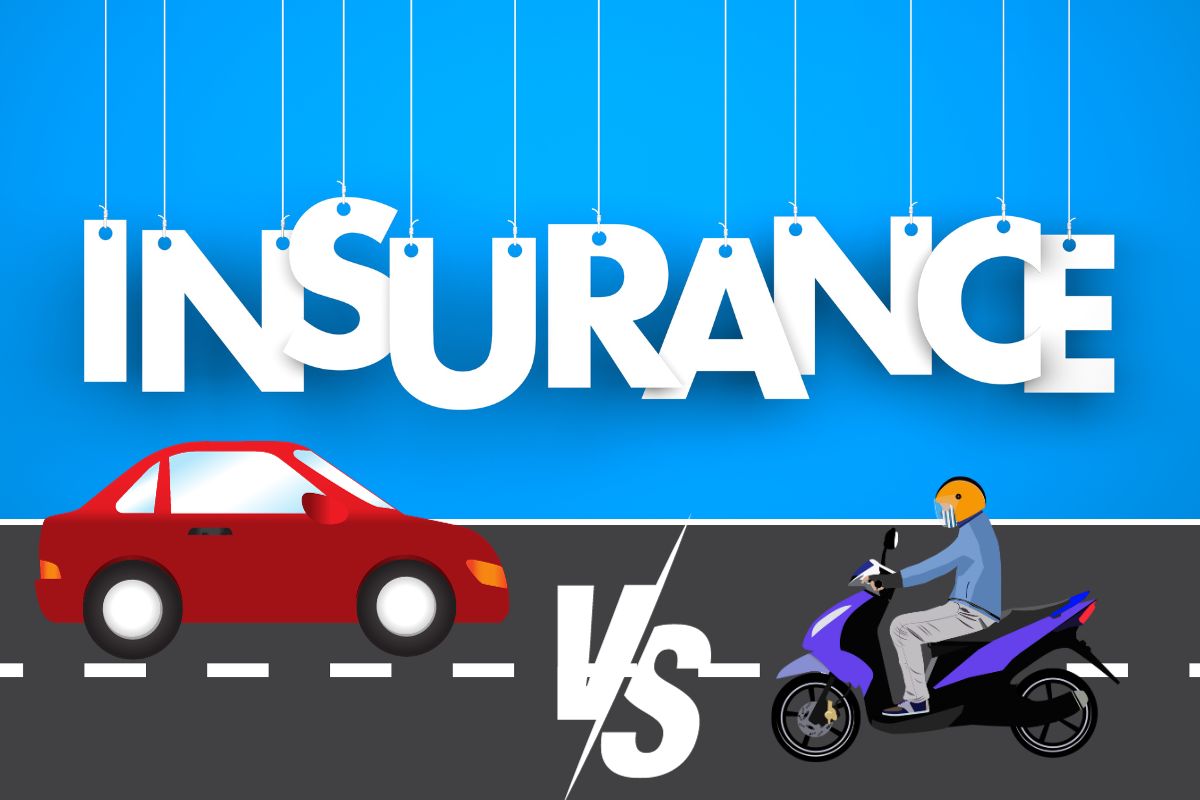In the intricate realm of the insurance industry, deciphering the nuances becomes imperative for responsible vehicle ownership. Whether maneuvering through traffic on two wheels or cruising in a four-wheeled vehicle, understanding the basics of insurance is akin to having a well-equipped toolkit for navigating dynamic and unpredictable roadways. The fundamentals of car and bike insurance extend beyond legal obligations; they empower vehicle owners to make informed decisions aligned with their unique needs and vehicle characteristics.
Knowledge emerges as a steadfast ally in this fast-paced world, transforming the complexities of insurance into a domain of calculated choices and financial security. Responsible ownership transcends merely possessing a vehicle; it involves mastering the art of protection and steering one’s vehicular destiny. Let’s delve into the intricacies of insurance to ensure a smoother, safer ride on the road of life.
Coverage Essentials:
Car insurance and bike insurance share a common goal—to shield vehicle owners from financial setbacks arising from unforeseen events. However, the coverage they provide can differ significantly.
Car insurance typically encompasses damages to the vehicle, liability coverage for bodily injury and property damage to others, and optional add-ons like comprehensive coverage for non-collision incidents. In contrast, bike insurance focuses on safeguarding motorcycle owners from damages, theft, or accidents, often including coverage for injuries sustained during accidents.
Premium Factors:
Understanding the value of coverage is crucial for any vehicle owner. Factors such as location, driving records, and the make and model of the vehicle influence the car insurance quotes. Additionally, occasional discounts may be associated with features like safety measures and anti-theft systems.
For bike insurance, the premium is influenced by similar factors, including the type of motorcycle, the rider’s history, engine capacity, and location.
Legal Requirements:
Both car and bike insurance are subject to legal requirements. In most regions, having at least a basic level of insurance coverage is mandatory for both types of vehicles. This ensures financial recourse to cover damages and medical expenses in the event of an accident.
The legal requirements for vehicle insurance typically encompass liability coverage. This involves coverage for bodily injury and property damage that the insured party may cause to others in the event of an accident. The specifics of these requirements can vary widely, and vehicle owners need to be aware of the minimum coverage levels mandated by local laws.
Special Considerations for Bikes:
Motorcycles, inherently are riskier due to their two-wheeled nature, they often come with additional considerations in insurance policies that acknowledge the unique challenges faced by riders. Some comprehensive bike insurance policies go beyond covering damages from accidents and may include protection for safety gear, such as helmets and riding jackets. Additionally, given the higher susceptibility to theft, bike insurance may also place a more significant focus on anti-theft measures, providing additional layers of protection for both the vehicle and its accessories.
Claims Process:
Understanding the claims process is vital for any insurance holder, regardless of the type of vehicle. While reporting the occurrence, supplying the required paperwork, and assisting the insurer’s investigation are typical steps for both car and bike insurance, the details can differ based on the intricacies of each policy. Therefore, understanding the steps outlined in your specific insurance policy is essential. This involves knowing the specific documentation required, the timeline for filing a claim, and the procedures for communication with the insurance company. A clear understanding of the claims process ensures that, in the unfortunate event of an accident, the policyholder can navigate the process seamlessly, facilitating a smoother and more efficient settlement of the claim.
Choosing the Right Coverage:
When selecting insurance coverage, it’s essential to assess individual needs and the risks associated with the vehicle. Car owners might prioritise coverage for damage to their vehicles, while bike owners may emphasize protection against injuries sustained during a ride. Some policies may offer umbrella coverage, extending protection beyond the basics.
In conclusion, though bike insurance and car insurance share similarities, they address the specific requirements and hazards associated with each type of vehicle. Whether your vehicle has two wheels or four, a profound understanding of the fundamentals of both types of insurance enables wise decision-making, ensuring proper coverage for your wheels. This comprehensive awareness of the intricacies of insurance fosters responsible vehicle ownership, offering a sense of empowerment in navigating the diverse landscapes of the road. As knowledge becomes a steadfast ally in this fast-paced world, it transforms the complexities of insurance into a realm of calculated choices and financial security.
The essence of responsible ownership extends beyond merely possessing a vehicle. It involves mastering the art of protection and steering one’s vehicular destiny through informed decision-making. Delving into the nuances of insurance provides a toolkit for vehicle owners to navigate dynamic and unpredictable roadways confidently. This article aims to unravel the fundamentals of car and bike insurance, empowering readers to make choices aligned with their unique needs and vehicle characteristics.











